Just having to go to the vet is bad enough, but if you have an excitable, fearful, or aggressive dog it can become one of the worst situations. Small waiting rooms; several species of animals, many of whom are also stressed, sick, etc; strangers; weird smells; and of course, the vet. Here are some secrets to a calm vet visit.
#1 – Non-Visits
Take your dog to the vet when they are not actually going in to be handled, poked, etc. Instead, have the receptionist give her treats and praise. This is especially good for young puppies so they can start getting a positive association with vets from a young age.
#2 – Drive-by’s
Does your dog only get out of the house to go the vet and the groomers? Does she hate both of them and therefore runs when you try to get her in the car? If so, start taking your dog to good places (parks, pet stores, etc) so they do not immediately think car = vet. This will help them stay calmer prior to arrival.

#3 – Wait in the Car
If you have a dog that is not people or dog friendly, tell your vet you will be waiting in the car with your dog and they can call you (yay for cell phones!) when they are ready for you. Your vet should be glad you are taking responsibility for your dog and avoiding a bad situation.
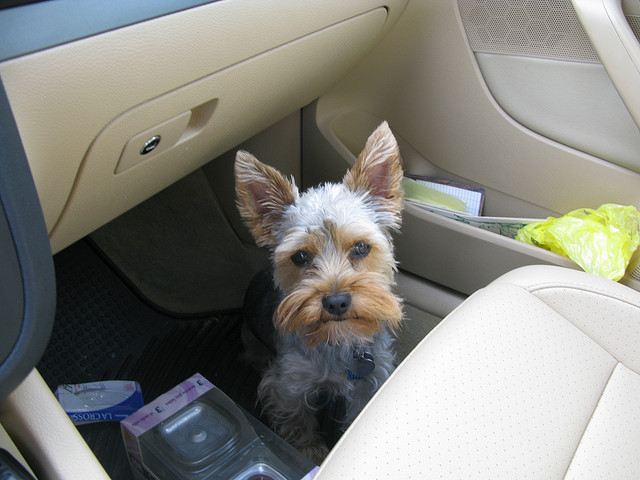
#4 – Keep Them in a Crate
If you are going to wait in the waiting room, keeping your dog in a covered crate can really help them stay calm. They are protected in a safe space, which helps them relax. Only do this if your dog is crate trained, otherwise it will just stress them out more.
#5 – Practice Mat
Another behavior that is great for the vet is “mat.” Bring your dog’s mat, place it near your chair and have them stay on their mat. Again, it gives your dog a “safe space” and gives them something to focus on (his job of staying on the mat), rather than getting stressed.
#6 – Wear a Calming Jacket
Calming jackets like Thundershirt™ and Anxiety Wrap™ are great tools to use to help your dog stay calmer at the vet’s office. Pair with the crate or mat.
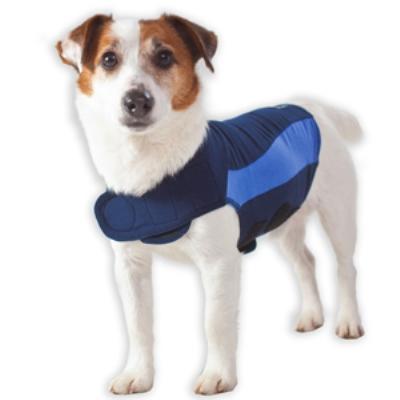
#7 – Focus on You
Teach your dog a “watch me” or “look at me” behavior, where they are supposed to keep their eyes on yours for a long period of time. Then, at the vet’s, you can practice this behavior. It’s helps your dog stay calm and focused on you, instead of scanning the room and getting anxious or reactive about what is going on around them.
#8 – Stay Calm Yourself
Your dog is very sensitive to your mood. Even if you are there for something serious and you are worried, you need to take deep breaths and remain calm, for your dog’s sake.
#9 – Praise Your Dog
Once you get in the exam room, make sure you reward (food, petting, praise) your dog for letting the vet handle them, poke them, etc. If the vet is associated with good things, your dog will start to relax more around her.
#10 – Wait Outside
Some dogs actually do better without their parent present. If you have a dog that guards you or responds to your own stress, he may be better off if you wait in the waiting room during his exam. This is something to talk to your vet or dog trainer about.

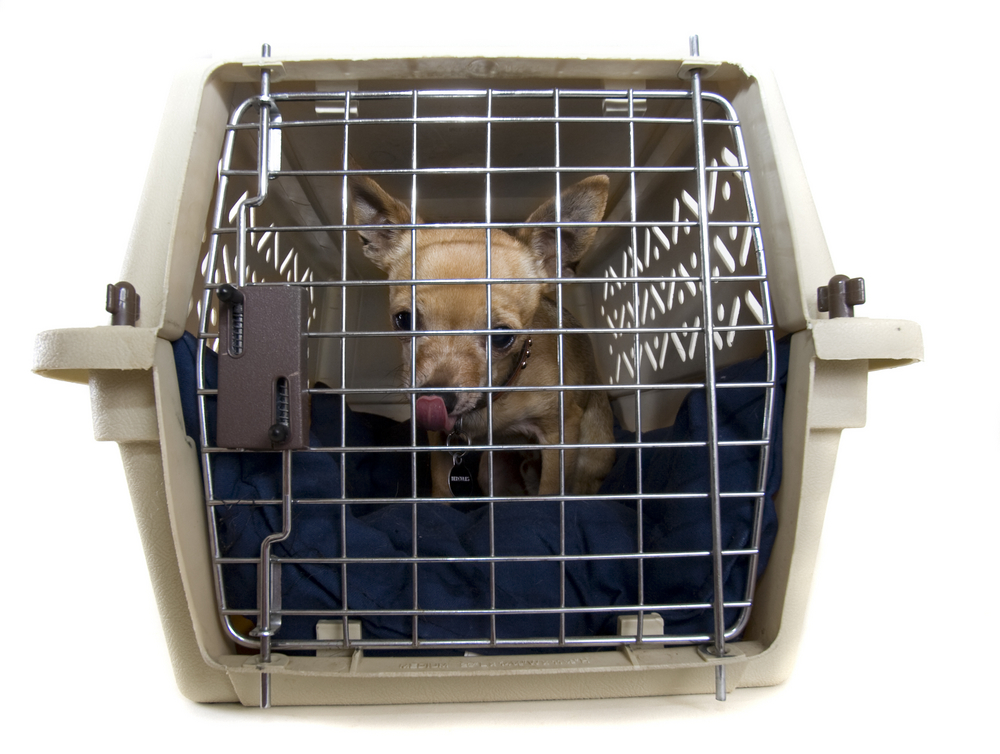
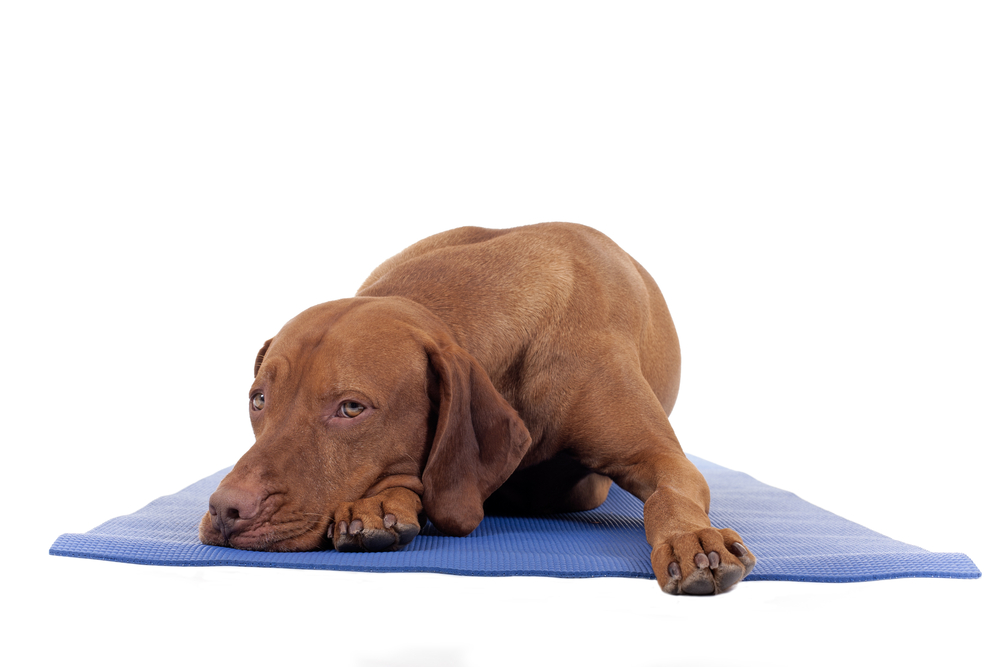
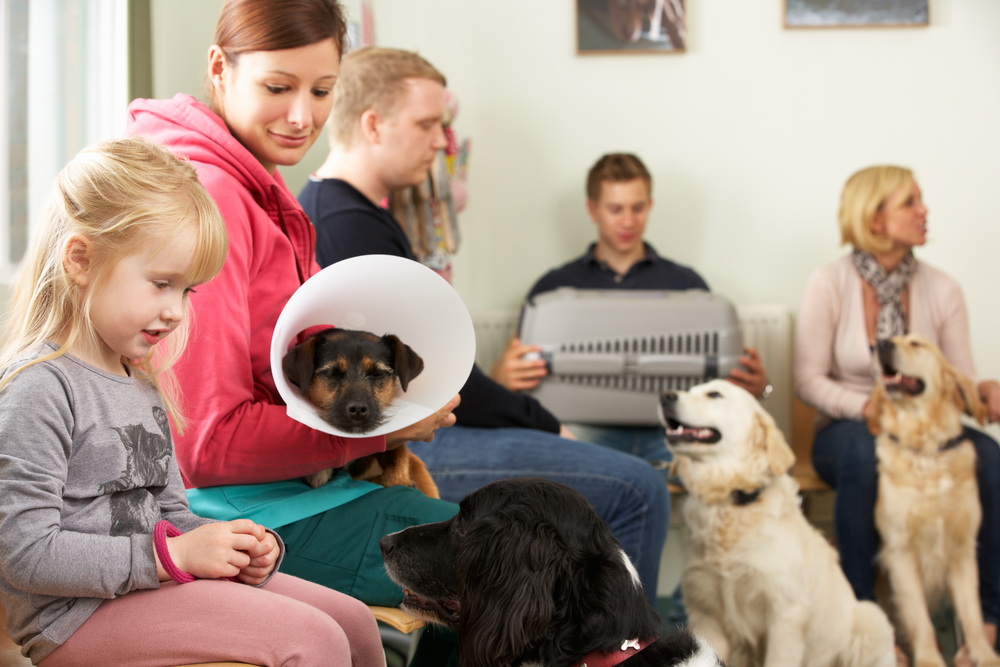

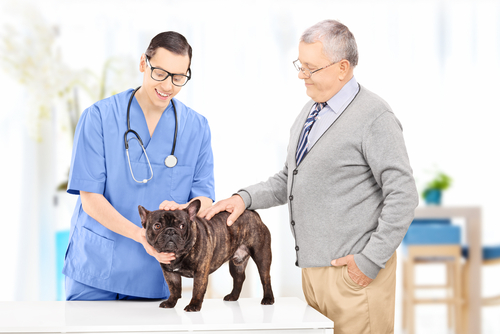
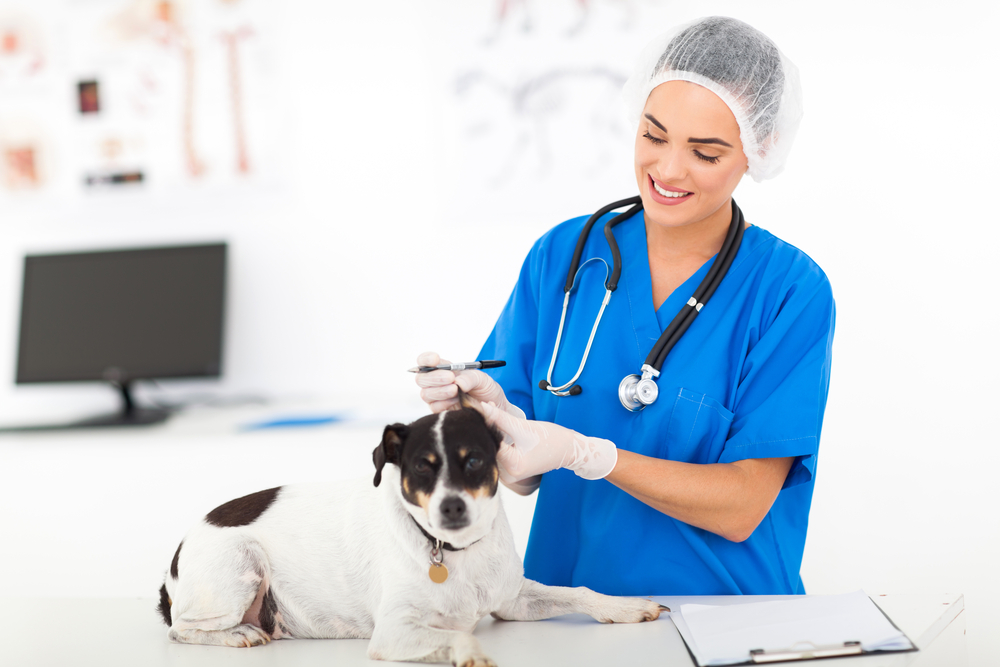
 Toledo, United States.
Toledo, United States.
